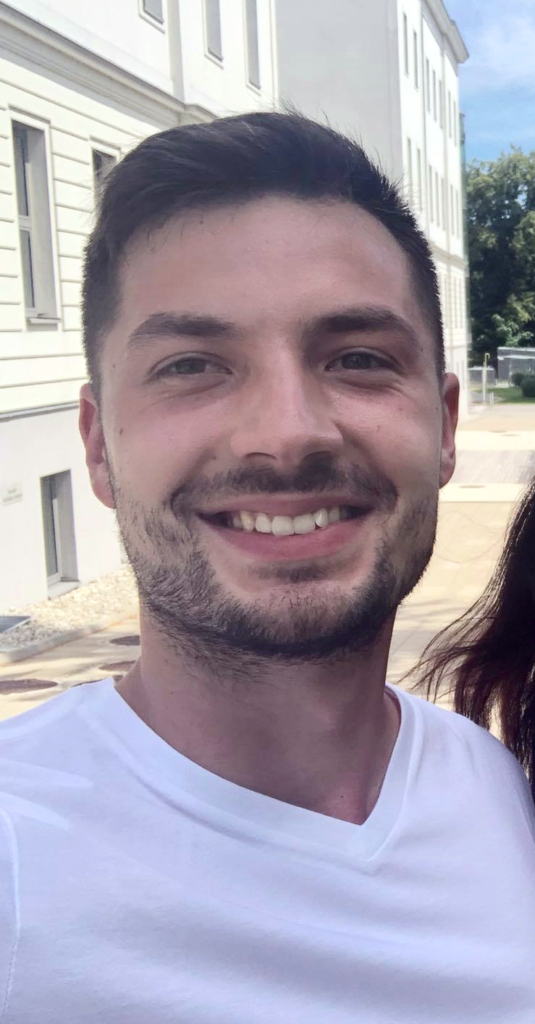I joined the Jösch group at IST Austria in the fall of 2019 to work on my master thesis, which mostly focuses on one type of retinal ganglion cells that detects motion in the visual space. Being able to notice movements in our environment was, and still is, vital for our survival and every day living. It is therefore by no surpise that decoding of motion takes place already in the retina, where one type of ganglion cells, named Direction-selective ganglion cells (DSGCs), carries this motion information further to the brain. Together with my colleagues, I have been exploring population properties of these cells and their distribution patterns across the mouse retina. To do this, I have used our novel one-photon imaging method that has much larger field of view than any other existing apparatus. This enables us to explore the whole retina with only a few experiments, a feat that was impossible to achieve before. Thanks to this novel imaging method, I have replicated results of one large population study on the distribution and orientation of DSGCs, thereby proving our novel imaging method works. In addition, the thesis introduces improved method for recovering receptive fields of retinal ganglion cells in a much higher resolution then previously achieved, opening doors for following studies to describe the distribution patterns of RFs across the retinal space for the first time.
